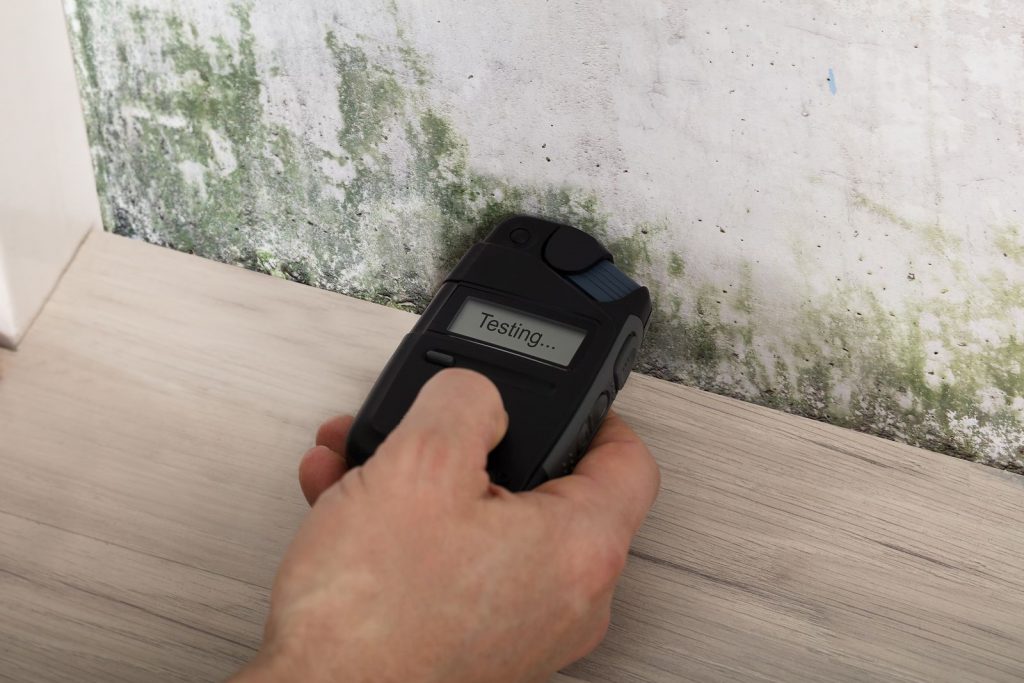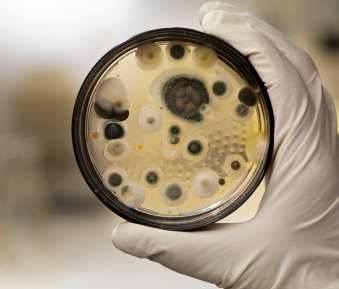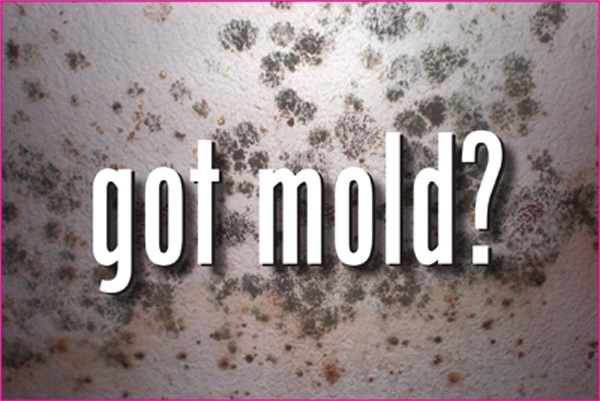Roof repairs and replacements become extraordinarily popular during the summer and fall because many people start to notice leaks or decide they want their home on the market. Unfortunately, a poorly done repair or replacement can put occupants' health at serious risk.
When working with roofing materials, every step must be followed to ensure no chemicals, odors, or dust gets into the home's inside. Although it's hard to know the layout of every house that's roofed, keeping these general rules can protect everyone involved.
We are a full service Certified Environmental Testing business. In addition to Indoor Air Quality Testing, we also do Mold Testing and even Meth Testing in most regions of California.
Call us at your convenience at: 888-217-2719
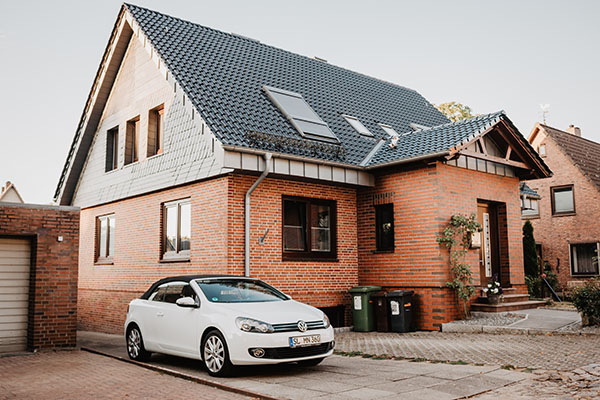
1. Pay Attention to What Asbestos Looks Like
Asbestos has been out of circulation since the 1980s for much of America; there are still standing homes that haven't been worked on much in the last forty years. When you're working on a house of that age, and you notice older-looking insulation that's a little powdery: it's important to stop what you're doing and mask up.
Asbestos has an extraordinarily high mortality rate because of cancer and other illnesses that can come out of inhaling it or being around it. However, there are multiple testing kits you can get online or in most hardware stores for cheap. Test it, and if it's negative, you can keep working: if it's positive, it's time to call an asbestos removal company.
2. Encourage Occupants to Keep Windows and Doors Closed
While working on the roof, it's a good idea to tell the building occupants to keep their windows and doors shut. Although this can be a pain, especially if they have no heating or cooling, it's better than getting a home full of chemical smells.
If they want to stand outside and talk with you, that’s okay if you’re okay with it: but make it clear they should open and close their doors and windows as little as possible if they want to protect their home.
While working with chemicals, this also means that you keep everything stored far away from any air intake part of the home. However, you shouldn't cover these intake pipes by avoiding storage near them (or at least looking at which way the wind is blowing so that it doesn't carry these smells and chemicals into the home).
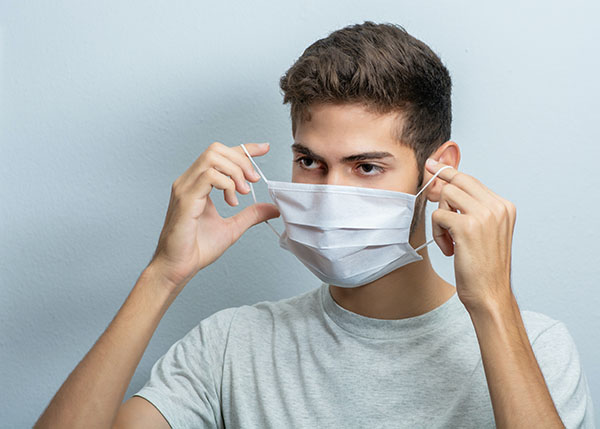
3. Ensure Everyone Is Masked Against Chemicals
When working with chemicals or products that are highly corrosive or have a lot of odor, it's a good idea to wear a protective mask. These masks can help make breathing easier and make the smell more tolerable. Although this doesn't stop everything from getting inside: being properly masked ensures that workers aren't distracted and will focus on the task that's at hand.
If the home residents want to come out and watch, feel free to offer them a mask so that they don't make themselves sick.
4. Be Wary of Any Paint On A Home Older Than The Eighties
Lead paint used to be a major problem, similar to asbestos, but over time it has died down and started to become a rarer find in any homeowners’ abode. Although it’s uncommon, it’s not impossible.
“On any homes built before 1980 that seem to be severely lacking when it comes to a paint job: avoid peeling it off or away from the roof and bring a testing kit for it. These are also available at most hardware stores and will let you know quickly whether something is lead or not.” - Jeff Guthrie, Phoenix Roofing Contractors
If the paint is lead, it's important to call professionals to dispose of it so that nobody is put at risk. If the paint comes out negative for lead, you can continue your work! Ensure the homeowner is alerted either way, so they don't feel the need to test and complete the job as ordered. It's better to test and find out it's not lead than not to try and find out through a tragedy that it was lead.
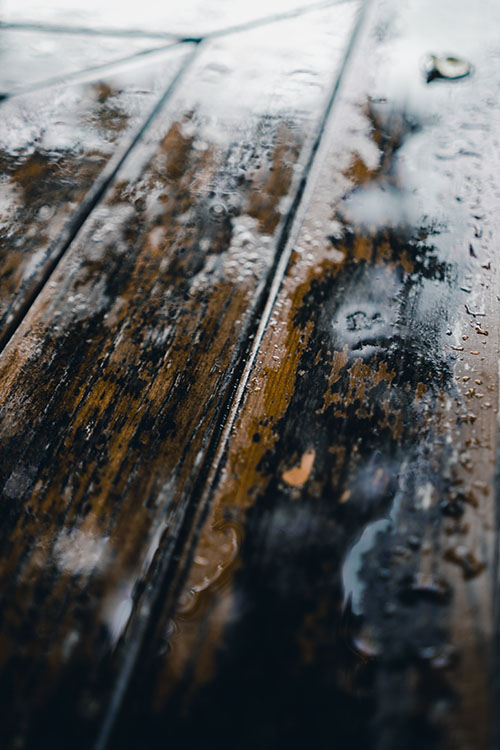
5. Look Out For Moisture Or Mold While Removing Old Roofing
Roofs spend every day and year outside in all weather. That means when it's gusty and stormy: it's your roof taking the brunt of it. Because of this, it's a good idea to try and keep an eye out for any mold or rot that you see. Mold spores are incredibly dangerous, but love finding wet and warm spaces in roofing and attics. Keep an eye out for any mold growth, and you should be able to protect the home from the spores getting into the air.
Poor Air Quality Awareness Can Kill
If your air quality is poor, it can lead to dozens of problems. At the very least coughing, at the worst: asphyxiation or cancer. So replacing our roofs is an important part of ensuring that our homes keep their value and that our families can stay safe and comfortable within the building.
By following this list, you can protect everyone involved and ensure no issues arise.
You can email us directly from the main Contact Us page.



